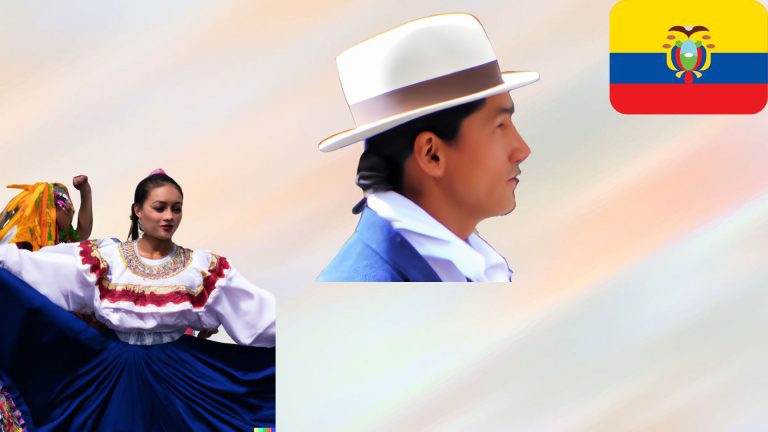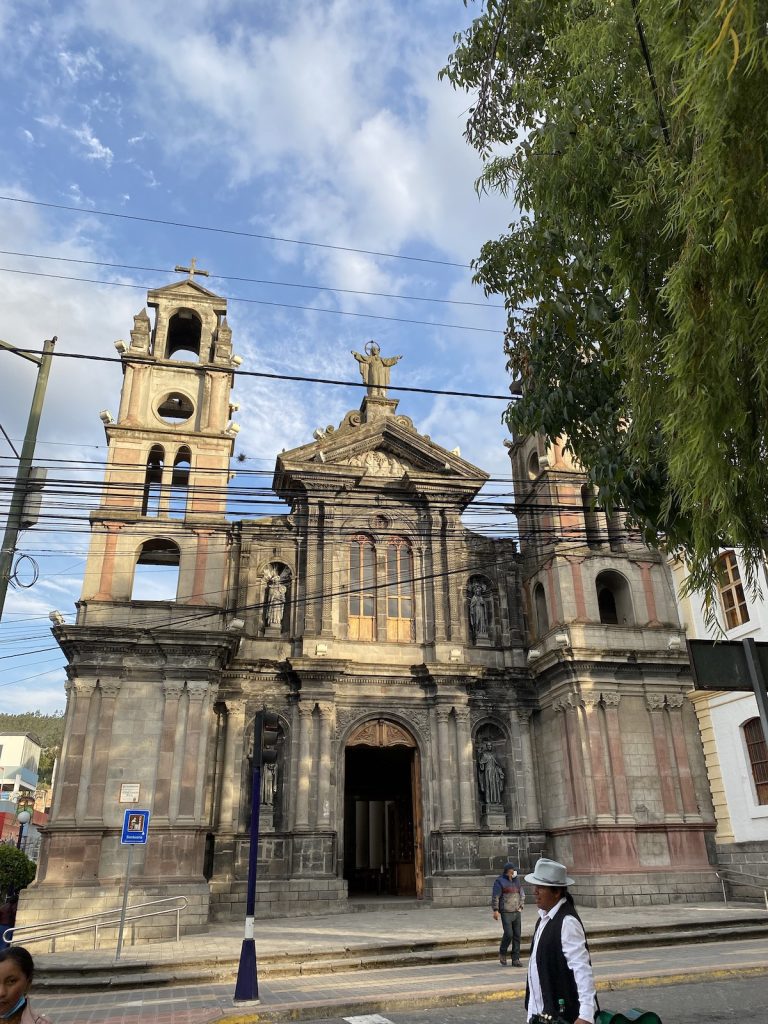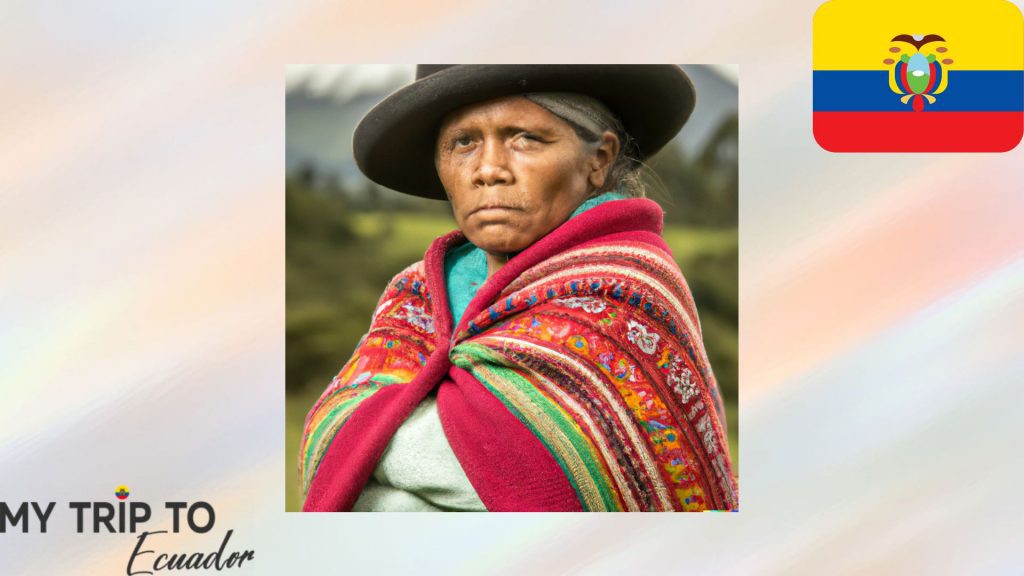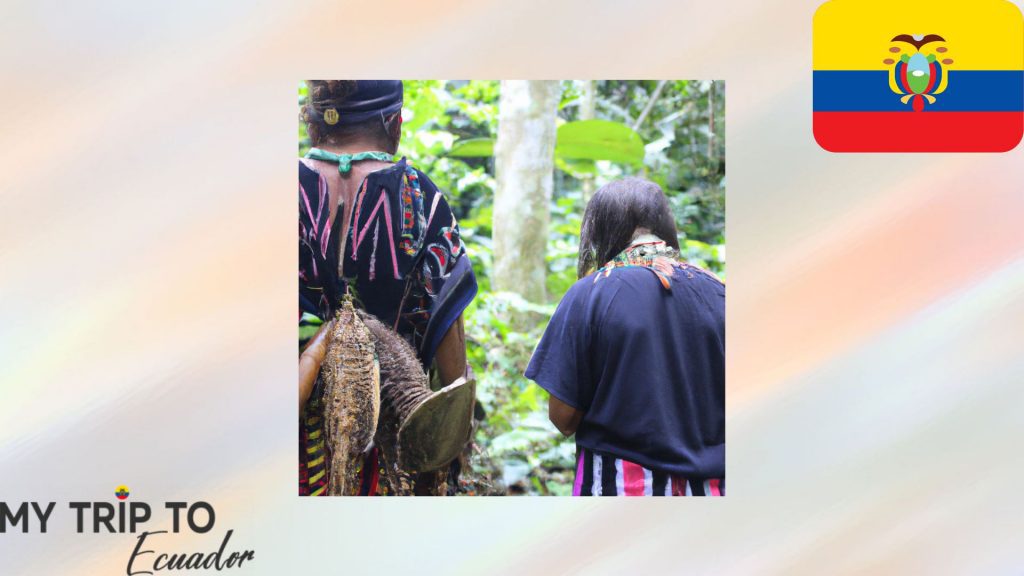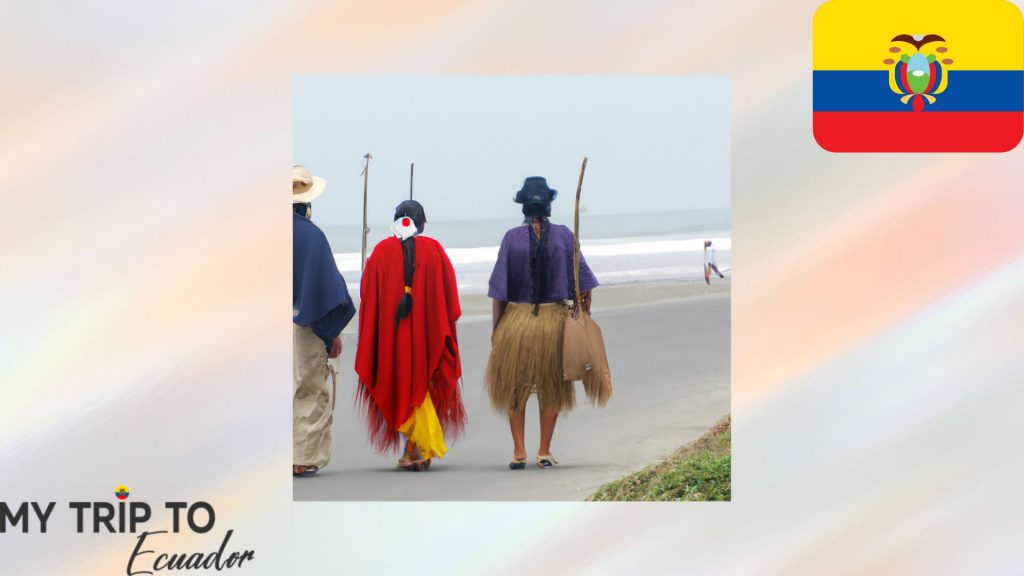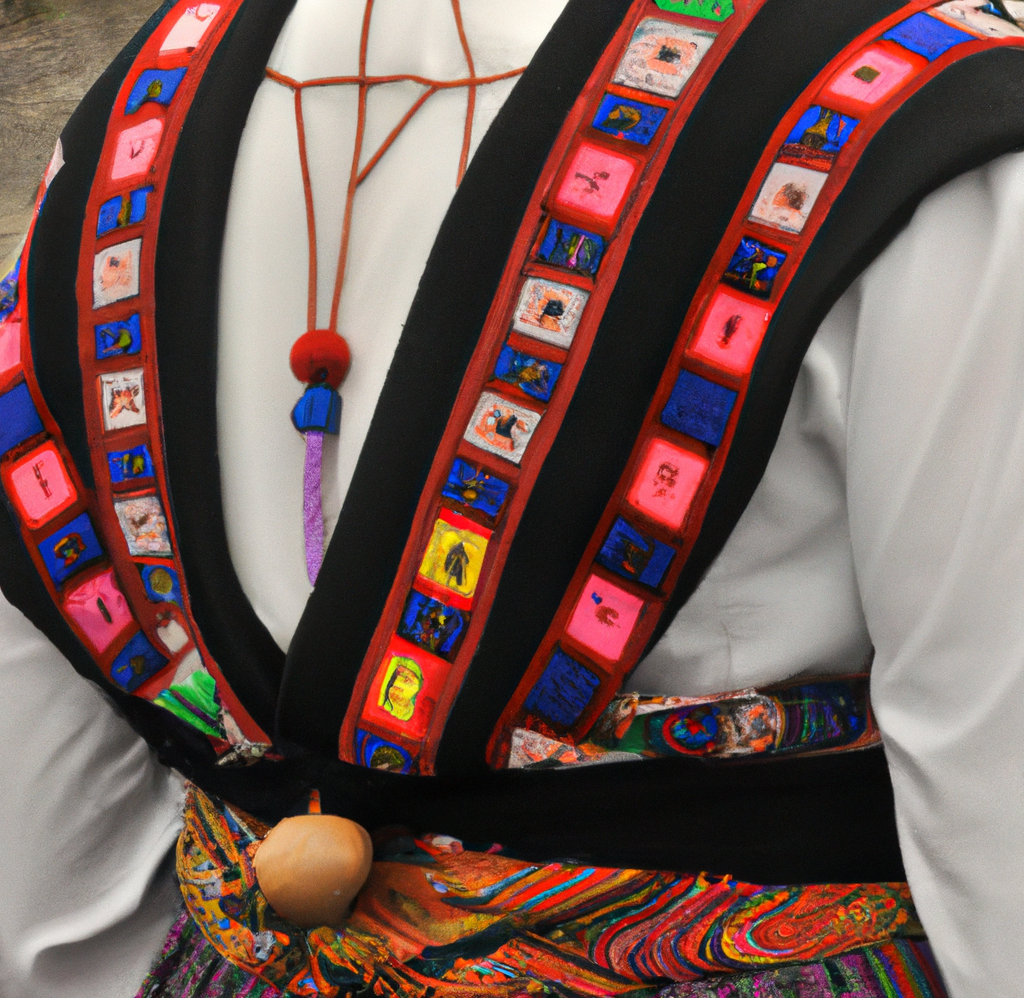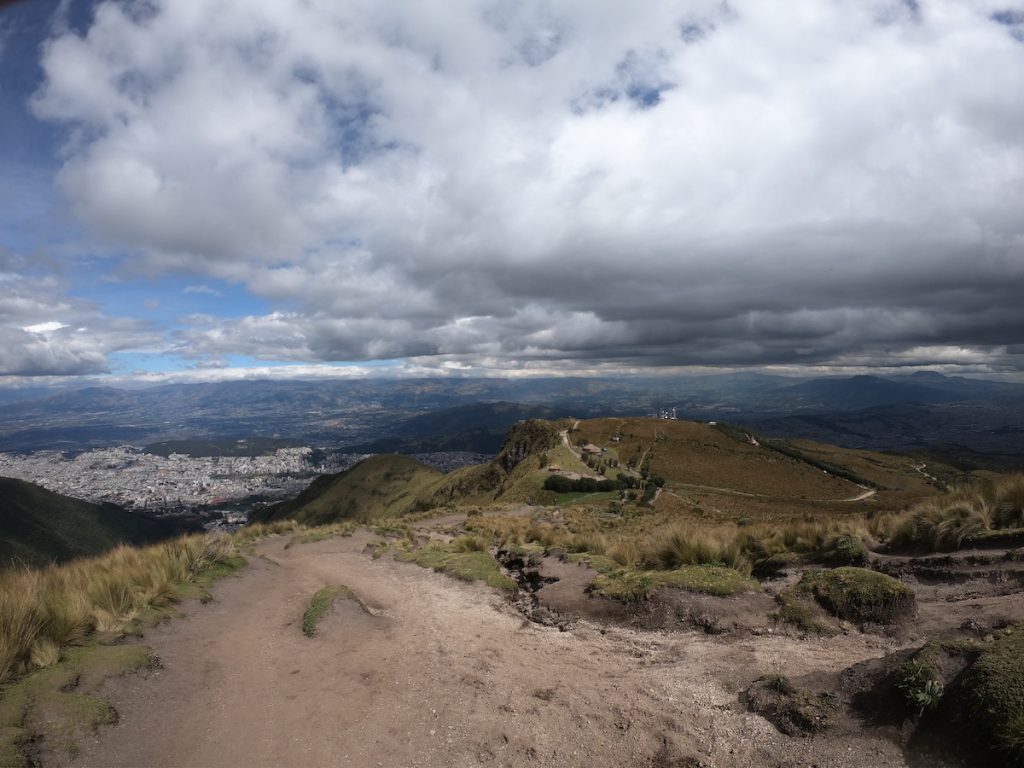My wife and I were genuinely fascinated by how Ecuadorians hold on to their traditional clothing, each piece serving as a visual symbol of the country’s rich cultural diversity. As we traveled, we realized that those with a keen sense of Ecuadorian heritage could pinpoint a local’s province just by their unique attire—something that made every encounter feel like a cultural discovery. In this article, we’ll share a brief journey through each region’s traditional clothing, celebrating the diverse styles and meanings embedded in Ecuador’s colorful garments.
Discover Ecuador’s vibrant culture firsthand! Let trusted local experts create a FREE personalized itinerary that connects you with traditional communities, rich history, and authentic experiences. Your booking supports this blog and Ecuadorian communities, making your journey unforgettable and meaningful.
Table of Contents
Plan perfect trip to Ecuador & Galapagos
I spent countless hours researching everything about traveling to Ecuador, and I created this blog for fellow travel enthusiasts who want the best, most reliable information. But if you want to save time, we’ve partnered with the top local agency to plan your dream trip.
The Otavaleños in Otavalo
During our time in Quito, my wife and I quickly noticed the presence of the indigenous Otavaleos, who add such a vibrant layer to the city’s energy. We learned that most Otavaleos actually live in and around the town of Otavalo, about 80 kilometers north of Quito—a place we later visited, enchanted by the cultural depth. The men were easy to spot, wearing their iconic white calf-length trousers, layered ponchos, and either fedoras or felt hats.
One detail that really captivated us was the Shimba, a long braid that Otavalo men grow to waist-length. It’s more than just a hairstyle; it’s a powerful cultural symbol, one so valued that the Ecuadorian army doesn’t ask Otavalo men to cut it, even when they enlist. We felt this choice spoke volumes about Ecuador’s respect for its indigenous heritage.
Otavaleña women have their own distinctive style, often a beautiful mirror image to the men’s attire. While men wear white pants paired with a blue poncho, the women dress in white blouses and long skirts in shades of blue or black. My wife admired the way they used shawls as both functional pieces and adornments. The jewelry, though, was particularly fascinating. Otavalo women wore gold bead necklaces and red coral bracelets, which we learned hold significant cultural meaning, drawing connections to ancient Inca influences that echo through the Andes today.
Sierra Women From The Highlands
Tribes of the Ecuadorian Amazon’s Tropical Rainforest
In Ecuador’s tropical jungle, we were intrigued to see that various tribes still embrace traditional feathered headdresses and other decorations, each carrying deep ethnic or tribal significance. We noticed, though, that many younger members of these tribes blend these traditional accessories with more Western styles, creating a unique fusion of old and new that felt like a testament to their evolving culture.
The Coastal Townspeople
In the coastal town nestled between mountains and the sea, we saw how traditional customs had gradually faded. Many locals wore clothing similar to that of the Sierra, while in some villages, traditional attire was no longer worn at all.
Men in the coastal areas often dressed in ‘Guayaberas,’ those loose-fitting shirts that replace jackets, providing comfort in the warm, humid climate. Women generally wore light dresses suited to the coastal weather. However, certain ethnic groups retained distinct clothing features, adding a unique touch that stood out amid the more modern styles.
The Montubio People
In the Montubio regions, covering the provinces of Manabí, Los Ríos, Guayas, and Santa Elena, we observed a unique cultural identity shaped by practical attire. The people there are easily recognized by their cowboy hats and machetes, symbols of their deep connection to the land. Rubber boots are a common sight, yet traditional clothing isn’t part of their dress. Instead, their attire is purely functional, embodying the rugged lifestyle of this coastal community.
Immerse yourself in Ecuador’s cultural diversity with a FREE custom travel plan crafted by local experts. From the Otavalo markets to the traditions of the Tsáchila people, explore the best of Ecuador while supporting local communities and this blog!
Tsáchila
The Tsáchila are one of Ecuador’s most distinct cultural groups, their name meaning “genuine people.” However, the Spanish gave them the name “Colorados,” or “red-colored people,” due to their vibrant appearance. They live in the subtropical lowlands of Santo Domingo county, now called Santo Domingo de Los Tsáchila, where their colorful traditions still make them a recognizable presence.
Though many Tsáchila have moved away from strict traditional dress, their characteristic striped clothing is still seen today. The women wear bright, horizontally striped skirts in lively colors, while the men prefer more subdued black or blue skirts with white stripes.
For the Tsáchila, color is not just about clothing; it’s woven into their identity. We learned that they earned their nickname through the practice of dyeing their hair and skin with achiote dye, giving them their distinctive red hair. Traditionally, men shave the sides of their heads and style the remaining hair with oil to form a peaked shape. According to local legend, the Tsáchila only began painting themselves with achiote when the Spanish arrived, bringing smallpox. The shamans believed this dye had protective qualities, a cure against the deadly illness that swept through their community.
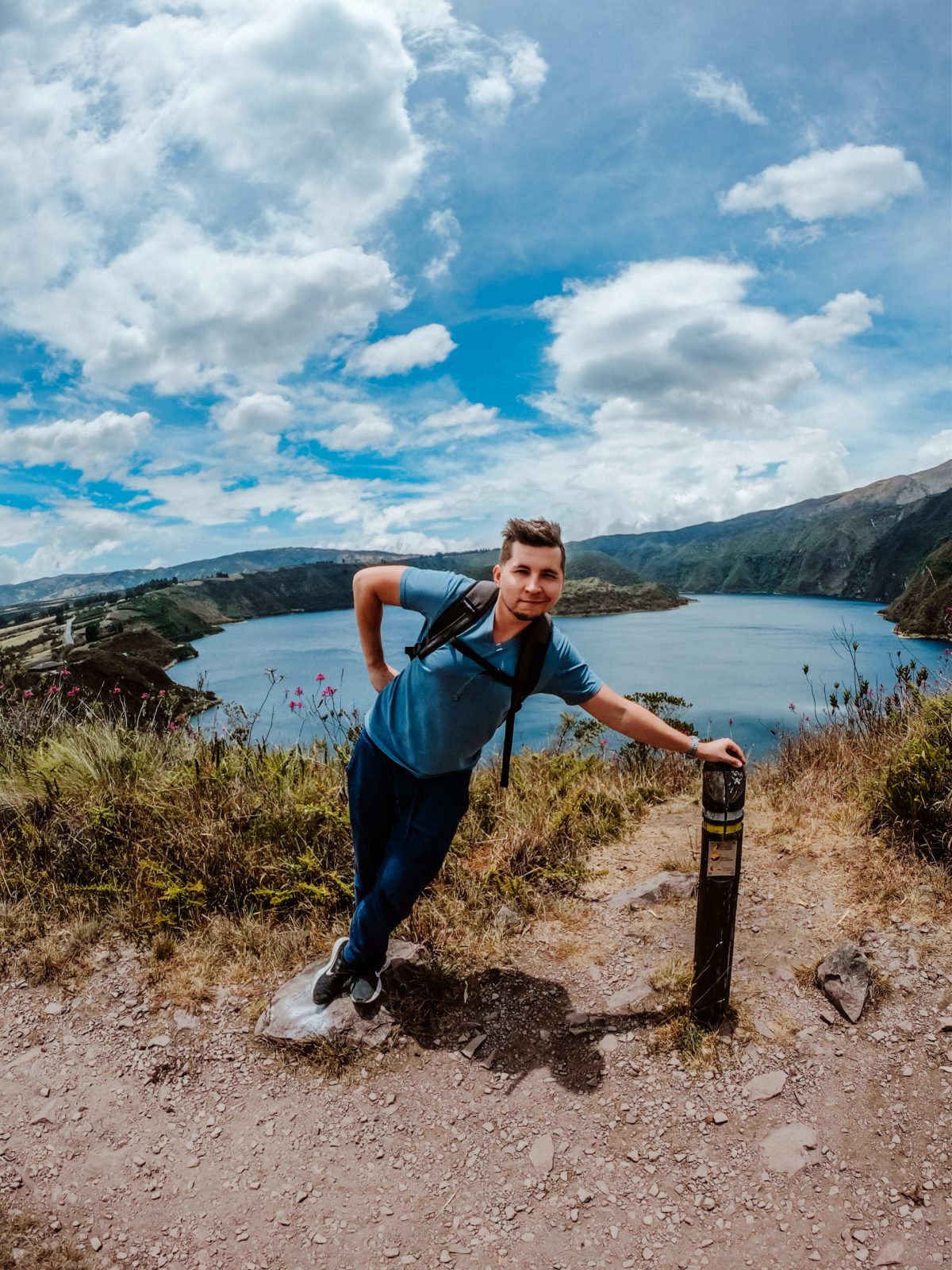
Planning trip to Ecuador?
My wife and I rented a car for 15 days and traveled from the northern part of Ecuador to the south, visiting amazing cities like Quito, Otavalo, Baños, Cuenca, and Guayaquil. Along the way, we explored iconic places such as Cotopaxi National Park, Quilotoa Lake, and many more breathtaking destinations.
Not many blogs cover traveling in Ecuador in detail, so I spent nearly three weeks creating this comprehensive Ecuador travel guide based on our trip. It’s packed with everything you need to know, and honestly, I consider it the best free travel guide about Ecuador out there.
If you’re planning a trip to Ecuador, don’t forget to use my link for discounted hotel prices through Booking.com. It’s a great way to support my blog while saving money on your accommodations!
Bottom Line
Ecuador, nestled in the Andean region, is a country with a vibrant cultural heritage that’s beautifully reflected in the traditional attire still worn in many places. With its diverse communities, Ecuador doesn’t have one single traditional dress. Instead, each region’s clothing tells its own story, representing the unique identity of various tribes across the country.
Throughout our travels, we saw how each community brought a distinct touch to its traditional clothing, highlighting Ecuador’s fascinating history. From highland villages to coastal towns, Ecuador’s cultural depth shines through in every region, and its tribal communities play a vital role in this colorful tapestry.
Plan perfect trip to Ecuador & Galapagos
I spent countless hours researching everything about traveling to Ecuador, and I created this blog for fellow travel enthusiasts who want the best, most reliable information. But if you want to save time, we’ve partnered with the top local agency to plan your dream trip.

